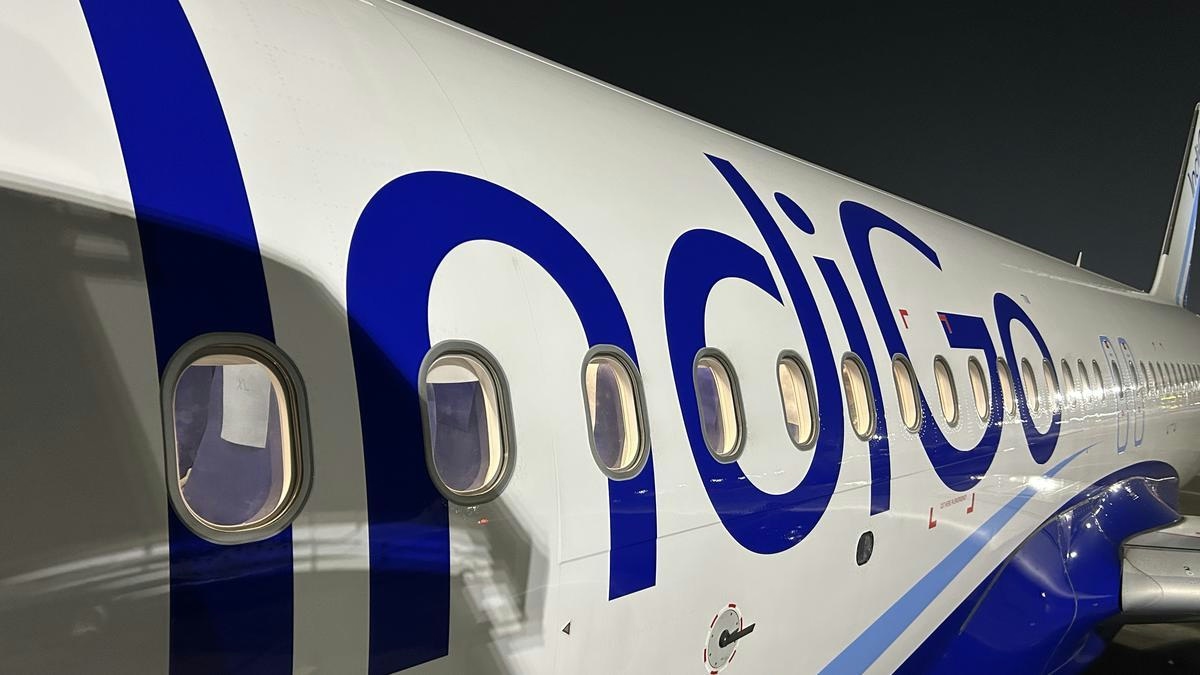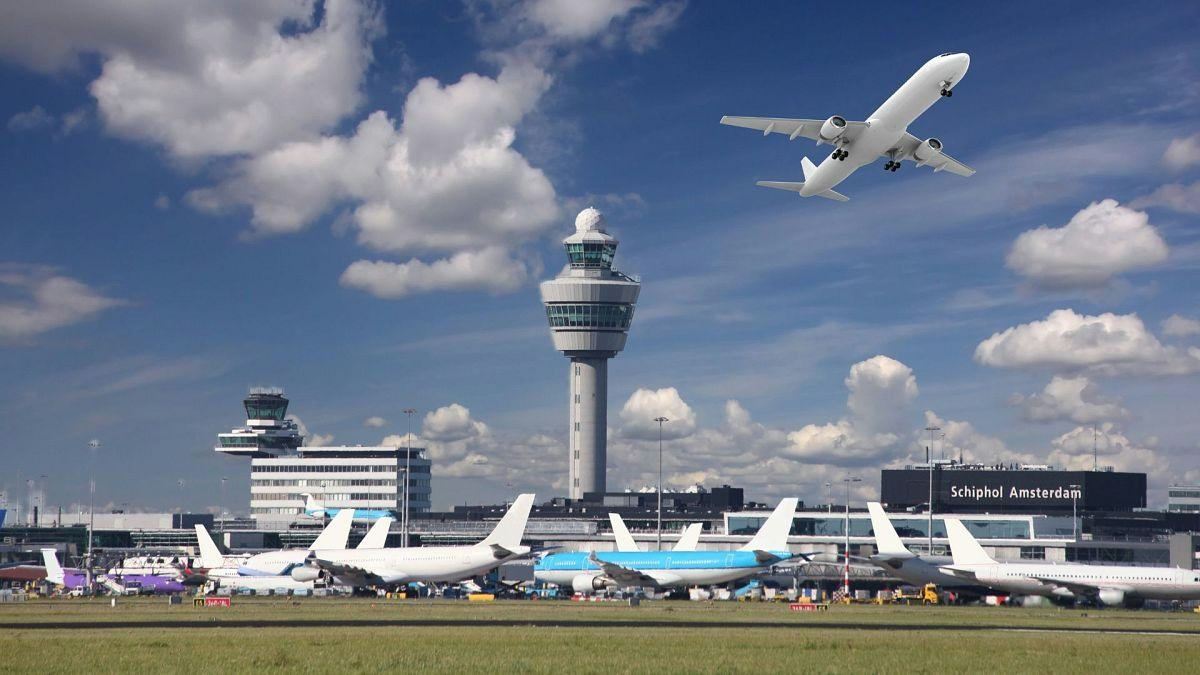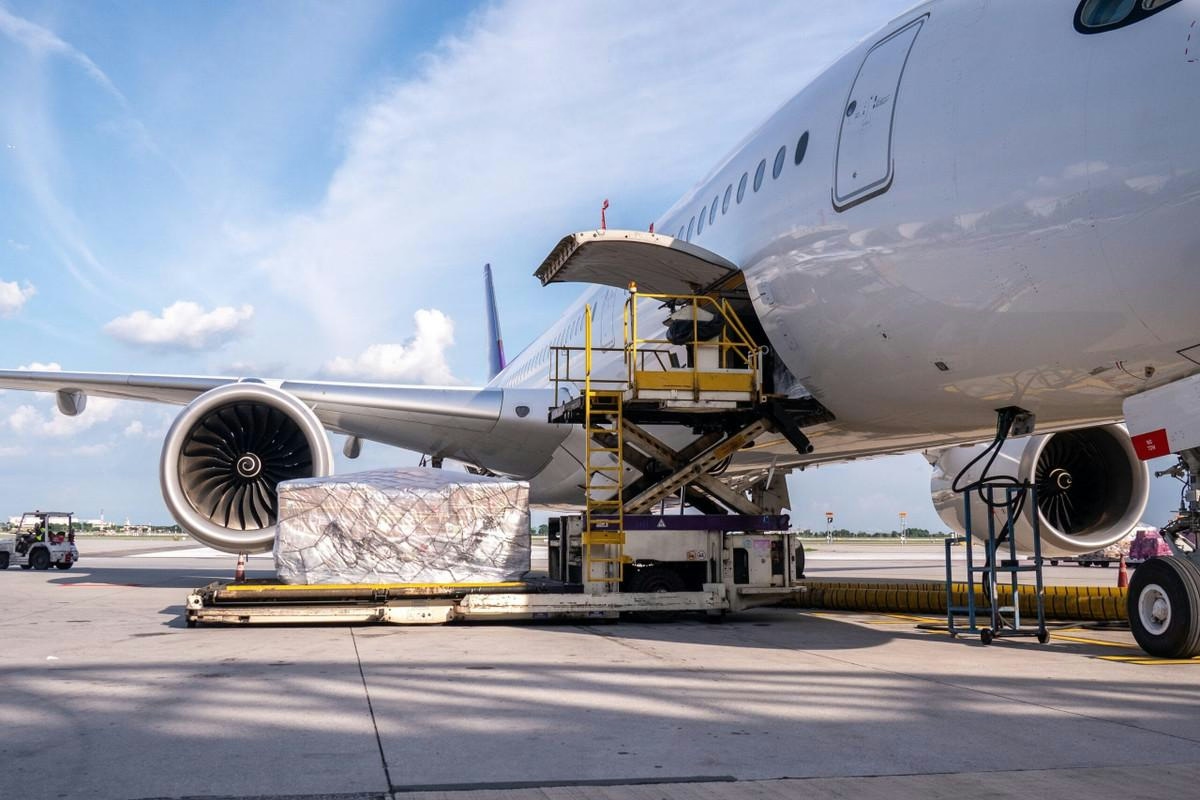
AeroGenie — Your Intelligent Copilot.
Trending
Categories
Autonomy Proving Ground Conducts First Alternative Navigation Flight

Autonomy Proving Ground Conducts First Alternative Navigation Flight
EGLIN AIR FORCE BASE, Fla. — Last week, an unmanned aerial system (UAS) known as the Osprey MK III took to the skies above Duke Field, marking a pivotal moment in military aviation technology. The aircraft, characterized by its bright orange, dart-shaped frame measuring seven feet in length and weighing approximately 50 pounds, operated at an altitude of around 1,000 feet. Its engine emitted a steady hum reminiscent of a high-powered garden tool as it followed a predetermined flight path.
Testing New Navigation Technologies
This flight represented the first occasion on which the Osprey MK III was equipped with an alternative navigation software package developed by a third-party entity. The test was orchestrated by the Autonomy, Data, and AI Experimentation Proving Ground in collaboration with AFWERX, the innovation arm of the Department of the Air Force. The primary objective was to assess emerging navigation technologies that could potentially diminish the military’s dependence on traditional Global Positioning System (GPS) infrastructure.
Anthony Hix, lead for the test and a member of the 413th Flight Test Squadron, emphasized the program’s commitment to fostering innovation by enabling small businesses to participate in defense acquisitions without bearing the financial burden of testing. This initiative aims to expand the competitive landscape and encourage the development of cutting-edge solutions.
Challenges and Industry Implications
Despite the promise of advanced navigation systems such as quantum inertial navigation, integrating these technologies into existing military platforms remains a complex endeavor. The process demands rigorous testing and validation to ensure compatibility and operational reliability within current spaceplane and aerial systems. Furthermore, institutional inertia poses a significant obstacle, as the military has long relied on GPS-based navigation, making the transition to alternative systems a cautious and deliberate process.
The defense sector is closely monitoring these advancements, with investors and analysts expressing measured skepticism pending successful demonstrations. Concurrently, competitors are expected to intensify their research and development efforts, heightening competition for defense contracts focused on autonomous navigation technologies.
As the Air Force continues to evaluate these innovative navigation solutions, the results of such trials may influence the future trajectory of military navigation systems. Success in this domain could reduce vulnerabilities associated with GPS reliance and create new opportunities for both established defense contractors and emerging technology firms.

FACTS Summit 2025 in Sydney Highlights Innovation and Sustainability in Asia-Pacific Corporate Travel and Aviation

IndiGo to Deploy Wide-Body Aircraft on Vijayawada-Hyderabad Route, Says MP

Europe Unveils New Aviation Strategy to Promote Cleaner, Faster Flights

Spirit Signs Agreement with Pratt & Whitney Units on Aircraft Engines

ADB SAFEGATE Receives Industry Awards for Marketing, R&D, and Social Impact

GA Telesis Secures Five-Year Landing Gear Overhaul Agreement with Major U.S. Carrier

Government Strengthens Aviation Safety Framework Amid AI-171 Investigation

NASA Software Raises Bar for Aircraft Icing Research

Dans and Emirates Aviation University Partner on AI Air Traffic Management Research
